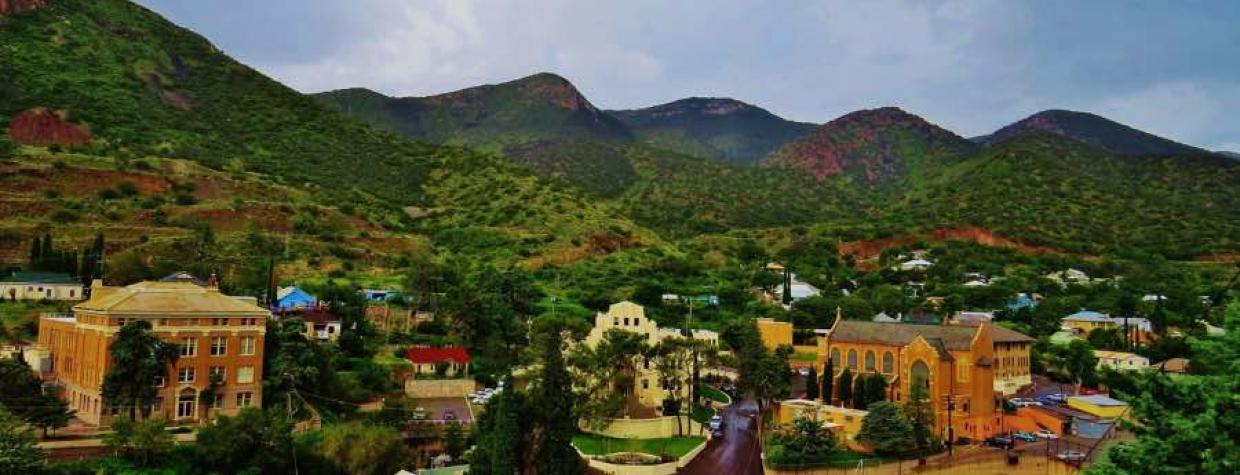One of my favorite duties at Arizona Highways is authoring our annual look at some of Arizona's most iconic landmarks. The Historic Places feature has appeared in the magazine's February issue each of the past four years. This year, one of our five featured locations was Bisbee's Copper Queen Hotel.
In researching the history of the Copper Queen and the iconic mining town of Bisbee, I came across a statement I hadn't heard before: that Bisbee, at the height of its mining heyday, was the largest U.S. city between St. Louis and San Francisco. It seemed hard to believe, so I verified it with multiple reputable sources, including the Copper Queen, the Bisbee Visitor Center and even the Arizona Office of Tourism. It seemed solid, and a quick look through our archives indicated we'd reported it several times in the past.
As magazine subscribers and Bisbee residents Mike and Judy Anderson pointed out, though, I'd fallen victim to an urban legend so pervasive that it's wormed its way into the historical record:
Bisbee is referred to in the article as at one time being "America's largest community between St. Louis and San Francisco, with a population of more than 20,000 in the early 1900s." That statement is simply not accurate. In 1910, when Bisbee's population was near or at its peak, Denver, CO, both Kansas City, MO and Kansas City, KS, San Antonio, TX, Houston, TX, Dallas, TX, Fort Worth, TX, El Paso, TX, Salt Lake City, UT and St. Joseph, MO all had populations much larger than Bisbee's.
A quick check of U.S. Census Bureau data reveals that, indeed, the cities the Andersons mentioned were much more populous than Bisbee around that time. Denver, for example, had a population of about 213,000 in 1910, and even in 1880, it was around 35,000. It's possible that many mine industry employees lived in the Bisbee area but were not counted in the censuses. But it's unlikely that there were enough such people to overtake Denver, Salt Lake City or some of those other cities.
To learn more about this claim, I contacted Annie Graeme Larkin, the curator at the Bisbee Mining and Historical Museum. Larkin said she thinks the myth has endured because of the unique contrast between the city's past and its present. "We were one of the most important mining camps in the West, and undoubtedly a factor in Arizona achieving statehood," she said. But the closure of the Copper Queen Mine in the mid-1970s changed everything.
"The city saw longtime families moving and businesses closing, and the best-paying jobs dried up," Larkin said. "So I think perhaps the statement thrived in the past two to three decades to illustrate that we were no ordinary mining camp. While we might be viewed as a small, quiet city now, the community was a major component in Arizona's success during its formative years — something one who visited Bisbee in 1985 would not be able to readily see."
There's no doubt the legend of Bisbee as one of the West's biggest cities is a fun story. But readers of Arizona's magazine of record deserve a higher standard. So I'll close by saying that we regret the error — and as much as we love the Bisbee Breakfast Club, the Copper City Inn and the other establishments in the great city of Bisbee, this is an error we won't make again.
— Noah Austin, Associate Editor
Editor's note: An earlier version of this story contained incorrect information regarding the origin of the Bisbee population myth. That information has been deleted.

